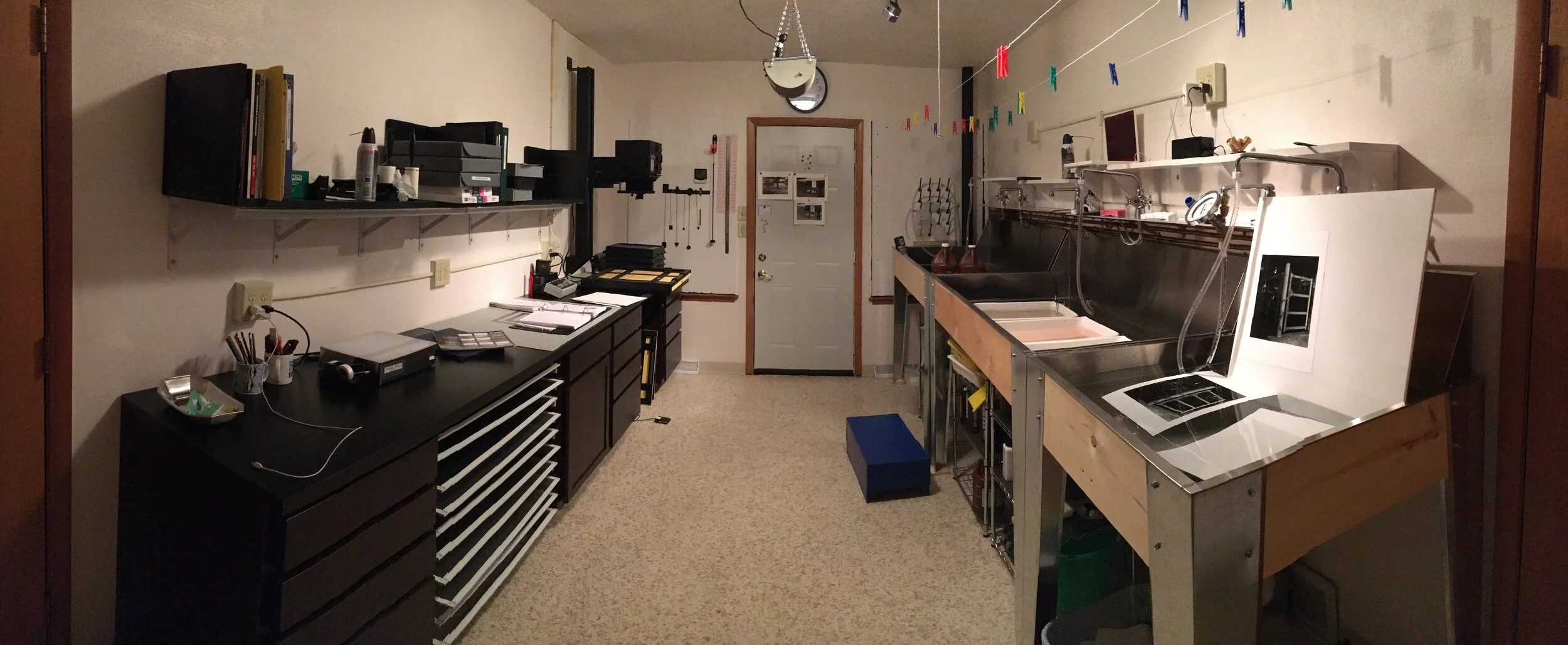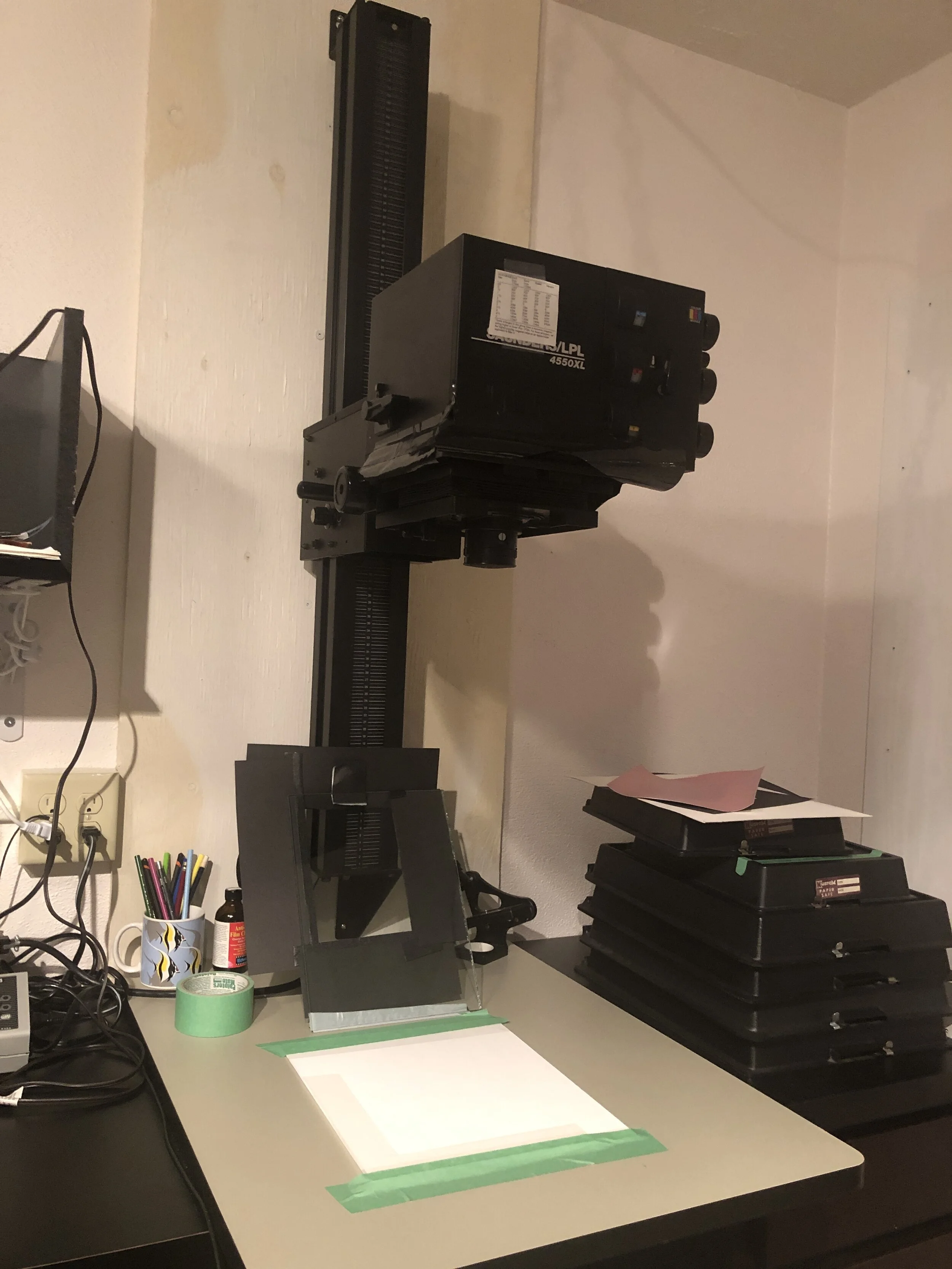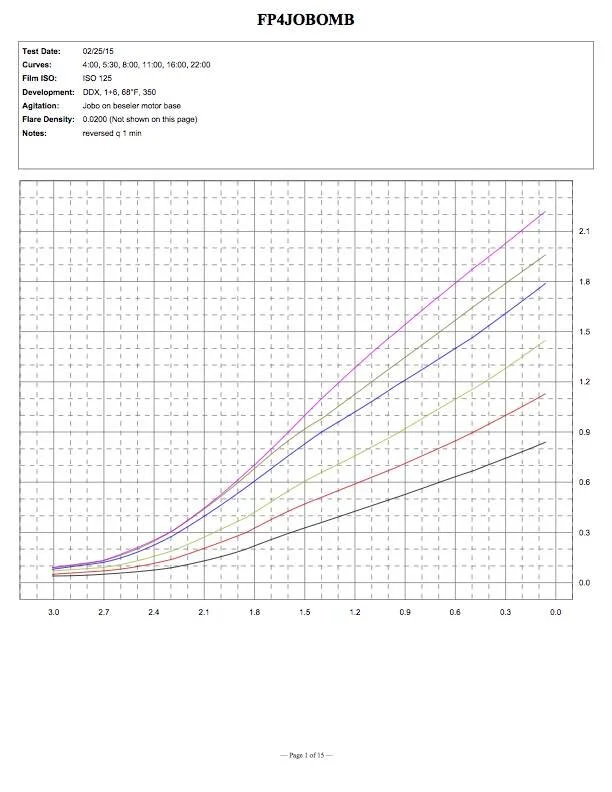Silver Gelatin Printing
Traditional black and white darkroom printing today is commonly know as silver gelatin printing to distinguish it from digital methods as inkjet printing, as well as other, less common methods such as tintypes and many others. Silver gelatin printing employs commercially produced fiber base black and white photographic paper, a film negative in a photographic enlarger, with chemical processing in a darkroom. Modern commercial black and white printing papers have silver salts, principally silver bromide suspended in gelatin, which is coated onto a baryta paper base. Exposing the paper to light under the enlarger and then developing the paper reduces the silver salt to silver granules, which form the image. Final processing includes toning in selenium solution to deepen the black tones as well as protect the silver from damage and a final archival wash to remove any residual chemicals.
In translating the actual scene to the envisioned image, many decisions are needed to achieve the final image. Contrast in the image can be altered globally as well as locally within the image. Areas of the image can be lightened and darkened during the printing process. Exposure of the printing paper under the enlarger is usually a multistep process to allow the alterations to be incorporated into the final image.
My images are printed with Ilford Classic Double Weight Fiber Paper, selenium toned and processed to archival standards.
The Darkroom
Wall mounted LPL 4x5 4550 XL enlarger.
Example of a film test.
4x5 Tmax 400 with DDX 1+6 in a JOBO 3006 drum.



